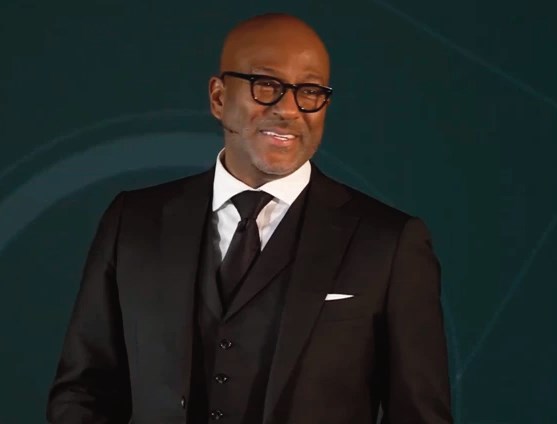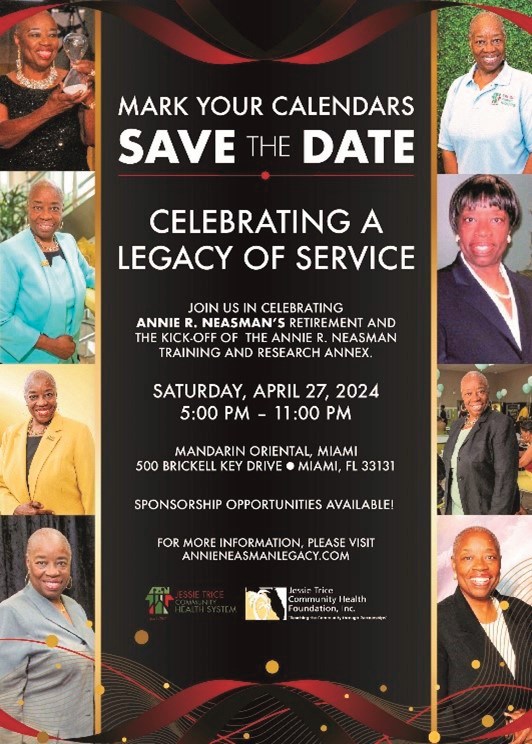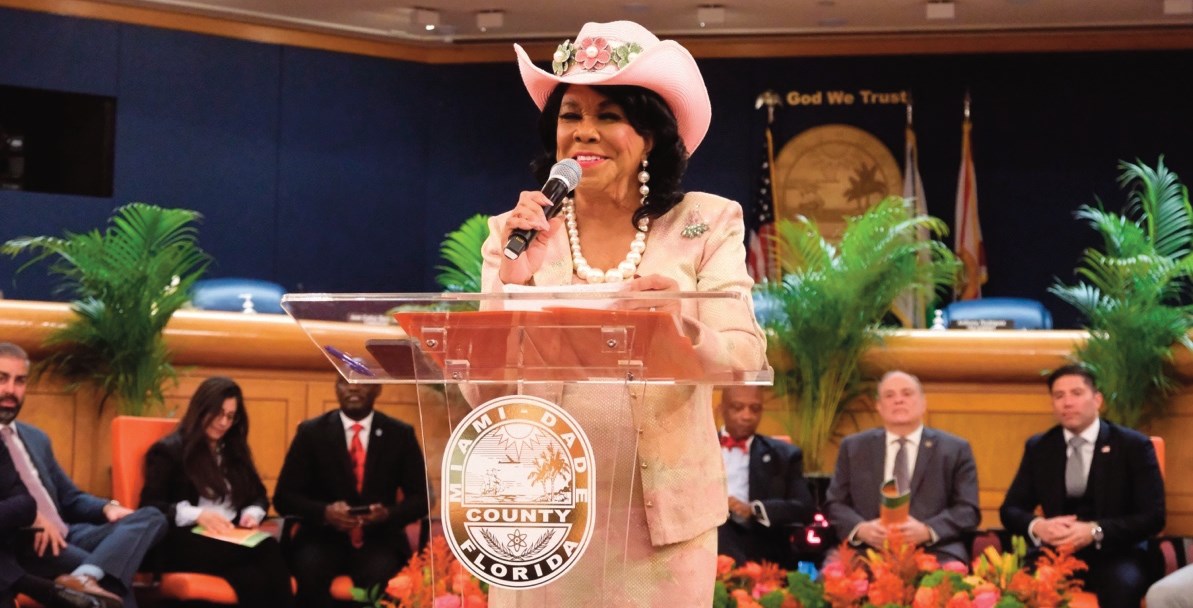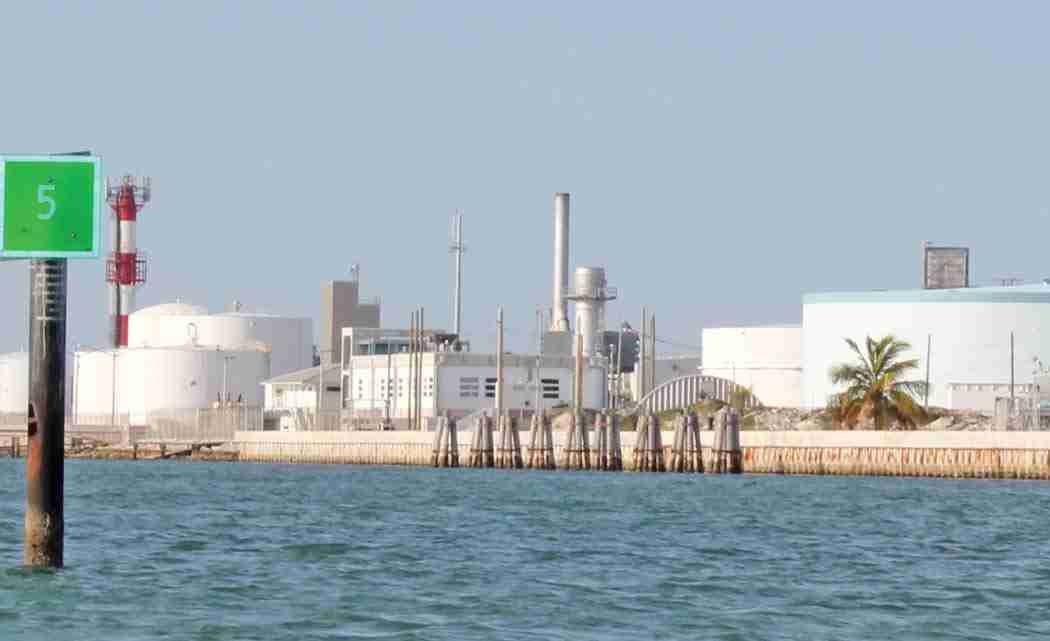With South Florida arguing relentlessly during the last few years over the numerous issues concerning the dredging of ports like Miami and the Everglades, the small town of Key West has set an example of how community involvement can halt politics.
The town’s rejection of the controversial plan to deepen the Key West Harbour Channel stands since the fall of 2013 and it has taken on a special significance for the Conch Republic.
“The victory was a unifying event for the city,” said “Jolly” Benson, president of the Key West Committee for Responsible Tourism, an organization founded by residents, who like Benson, were concerned about the possible consequences of the project.
With a turnaround of more than three million visitors a year – about a third from the cruise industry – Key West considered the widening of its channel to accommodate mega ship passengers, a potential boost to its restricted local economy. A primary analysis conducted by the U.S. Army Corps of Engineers in 2010 proposed a widening by 150’ of the Cut B of the Main Ship Channel, which is about 1.4 miles long and 300’ wide and leads to the town’s three ports.
But Key West falls within Florida Keys National Marine Sanctuary and the proposed dredging would have required congressional approval. Local businesses asked the City Commission to approve a feasibility study on the impact of dredging the channel as a first step – a three-year, $3 million study Channel Widening Feasibility Study to examine the environmental, socioeconomic and cost elements involved.
The city left it up to the voters of Key West to decide the fate of their channel.
The opposition journeyed to educate the community through information sessions, rallies, and collaboration against the thousands-of-dollars the Vote “Yes” campaign put forth by people in favor of the dredging and the local chamber of commerce. The opposition’s success came in the form of a firm statement, an overwhelming 74% of voters saying NO!
“More people voted on the Referendum than for mayor,” said Benson. The organization also pushed for a Code of ordinance that requires five commissioners instead of four to approve any future channel alterations.
Considered paradise by some, Key West has a multicultural population of less than 30,000: Its native Conchs, a mix of Bahamian, Cuban and New Englanders, artists, writers, retirees and a gay-friendly community. The appeal of island property and the need of imports make the cost of living one of the highest in the state.
Opponents of the project fear the negative environmental impact of the dredging – increase in water turbidity, deterioration of coral reefs and sea life – will not pay off in the long run.
John Dolan-Heitlinger, President of the Key West Seaport Alliance, an organization set up by local businesses in 2012 to campaign for the widening of the channel, said that supporters are concerned that the channel is cut and that in very heavy windy days the ships have difficulty making the slight turn going into or out of the harbor, which is even worse for larger cruise ships, which require greater maneuverability to comfortably pull into Key West.
“If the channel is not widened, more of the larger ships will not stop in Key West,” he said. “Larger ships run by Royal Caribbean Cruises already bypass us.”
With the cruise ship industry claiming to withdraw the currently operated smaller ships for financial reasons, the alliance fought hard to keep the economy from experiencing what they think could be a substantial setback. Dolan-Heitlinger said some cruise ships now bring in up to 3500 passengers, each spending around a $100 on local shopping and entertainment.
Dolan-Heitlinger claimed the study would have been important in addressing personal opinions and biases, as some community members, concerns go beyond conservation of the ecological environment.
“Cruise ships passengers are middle class,” he said. “Many members of our community would prefer our tourism to target more affluent visitors.”
Long-term resident Elliott Baron said the prospect of a bigger flow of cruise-ship tourists in Old Town – especially Duval Street bar and restaurant district, which is only 1.1 miles long – was indeed one of the inspirations for him to take a stand.
“Cruise ships, passengers experience Key West on the cheap. They only support a very small cadre of businesses, are mainly in town for impulse shopping, quick touring and bar hopping,” he explained. “The widening would change the community’s character, our laidback atmosphere. Residents and visitors that are here for a longer period of time want to keep the community that way.”
At the risk of becoming even more commercialized and increasing its mass tourism, Benson says that supporters are overstating the economic benefit of the proposal. He believes that even though the matter seems to have been settled dredging advocates are still “actively pursuing it.”










No Comment